These days, more and more people are venturing out into nature and are rediscovering hiking and camping in the wild (which is great!). More of us are starting to reconnect with nature and to where we came from. I notice that many people are starting to wonder how we can source our food from nature. Do you know the answer to the question: What to eat if you get lost in the woods?
Because I have a passion for the outdoors, survival and for wild edible and medicinal plants, I felt the strong urge to write this article. I will share 20 common (and easy to recognize) edible plants, mushrooms and nuts that you can find in the forest. In this article, I will not discuss meat, fish or eggs, as these are generally more difficult to come by without experience and tracking skills (maybe a topic for another post).
If you have any questions, don’t hesitate to leave them in the comments!
A Few Things To Keep In Mind Before Eating Wild Plants
Before you ever eat any wild plants, always make sure that you are 100% sure that you have the right plant. To do this, it is best to use several methods to identify a plant. You can use a guide book, a plant app and an online search to verify your identification of the plant. If you are not sure if you have the right one, don’t eat it!
How To Try If A Plant Is Edible?
If you get lost in the wild and you are not sure if a plant is edible, you can try the steps described in this article. Only use this method if really necessary. Generally, poisonous plants taste bad, so when you try a piece you will instantly know that is is not edible, however this rule does not work in 100% of the cases, so be careful.
Things To Pay Extra Attention Too Before Eating An Edible Plant
While foraging wild edible plants, use your common sense to decide whether it is actually a good idea to eat the plant or not. Even if you are 100% sure you have the right edible plant, also consider this:
- How does the plant look? Does it look healthy? Or does it look yellow-ish or off-colored? A plant can be contaminated with polluted soil water or chemicals.
- Best practice is to always boil a plant before you eat it. This is the safest way to ensure that you are not eating harmful bacterias, parasites etc. However, this is completely up to you (as some plants can also be eaten raw), and you want to judge what’s best to do based on the situation.
- Think about the season: if you want to eat the tops of a plant, harvest them in the spring when they are fresh and full of nutrients. If you want to eat the roots of a plant, these are most likely better to harvest in the fall or winter when the nutrients have gone back to the roots (as opposed to the tops of the plant in spring).
10 Edible Wild Plants To Eat When You Get Lost In The Woods
The following edible wild plants are common in many places in the Northern hemisphere. These plants are relatively common and are not commonly mistaken for poisonous counterparts. They are relatively easy to learn and many people will recognize them.
Stinging Nettle (Urtica Dioica)

The stinging nettle is a very common plant that many people will recognize when they see it. This plant is exceptionally healthy and versitile. Only pick the young tops of the plant, and be aware of the sting. Always cook/fry/boil this plant before eating as you want to get rid of the tiny stingers. Boil them in water before adding them to a dish or pesto and throw out the stingers with the water.
Stinging nettle has great nutricional value for everyone, but is especially known to be great for men for the effect is has on the prostate.
You can add stinging nettles to a soup, mashed potatoes, a stir-fry or a pesto.
Important: Always check if the plant looks healthy, if it looks yellow-ish, it can be polluted so don’t eat it. Stinging nettle grows well next to polluted water sources (or on industrial terrain) so pay extra attention to this.
Yarrow (Achillea Millefolium)

Yarrow is a very healthy little plant with anti-inflammitory benefits. It can also help stop wounds from bleeding. It has many benefits and is especially very helpful for women with period pains or bloating.
You can add yarrow to a salad or make a tea out of it. It is commonly used as a herb or for medicinal purposes (in a tincture or extract), and can be put on a small wound.
Fir Tree (Abies)
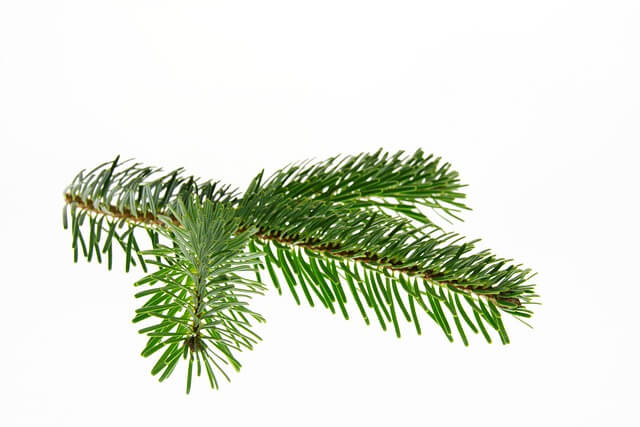
The Fir tree is very common and a great provider of life! You can use the needles to make a tea, which is very high in Vitamine C. In an emergency situation, you can also eat the cambium (which is the layer right below the bark) of the tree, but really only ever do this in case of emergency as it damages the tree too much.
You can add the needles of a Fir tree to a roast, or chop them up and mix them through a bread or cookie dough.
For tea, try to find some Douglas Fir. It taste a little like orange and is my favorite fir tree for tea!
Besides all this, the roots of a fir tree are great for tying things together. They grow very far and shallow under the surface and are therefore easy to dig up.
Important: Do not mistake a Fir tree for the poisonous Yew tree (Taxus Baccata).
Pine Tree (Pinus)
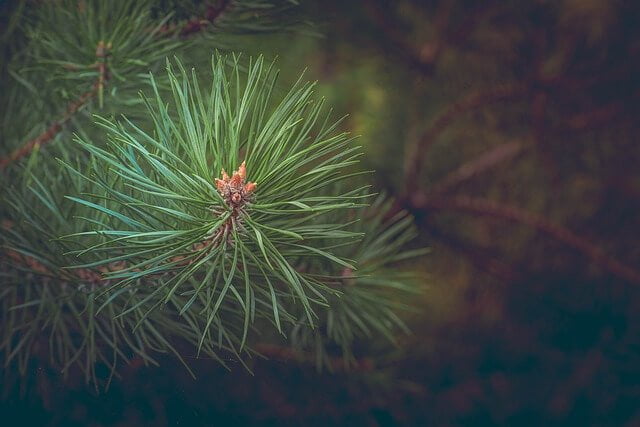
Pine tree needles are also great for making tea and are very high in Vitamine C. They can be used in the same way as needles from the fir tree.
In the spring, the fresh tops of the pine tree are a delicious snack that can be eaten raw.
When the pine cones open up, the seeds, that fly out onto the forest floor, can also be eaten (remove the peal that makes it fly first).
Pine trees also produce resin when a tree needs to heal itself. You can find it on the bark sometimes. This resin is great to use for making a fire and can also be used as glue.
Bramble Bushes (Ribus)

Bramble bushes such as Raspberry or Blackberry are common in many forests. They provide delicious fruits during the summer, but also delicious and nutricious leaves to use for a tea!
Besides great nutritional value, the bushes provide branches that are great to be used to weave a simple basket to keep the fruit in.
Plantain (Plantago major/minor)

Plantain is one of the most versatile, healthy and medicinal plants out there. Because of its strong anti-inflammatory characteristics, it is not only healthy to add to a dish but it also works great to get rid of an infection or to sooth a wound.
If you have a tooth infection, roll up some leaves of Plantain and hold it in your mouth for several hours. Keep replacing the Plaintain until you feel that it has pulled the infection out.
Dandelion (Taraxacum Officinale)
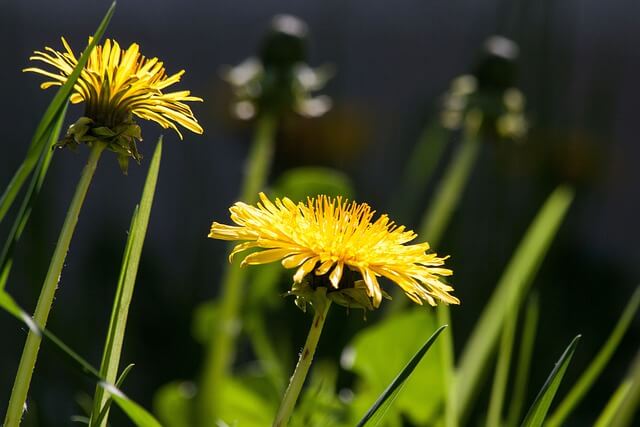
Who doesn’t know the Dandelion? As kids we used to make wishes on the pollen. Dandelion is a delicious nutricious little plant that grows all around us.
In spring or summer, eat the flowers or the leaves in a salad. In fall or winter, harvest the roots to make a delicious Dandelion roots coffee.
Hawthorn / Maythorn (Crataegus)
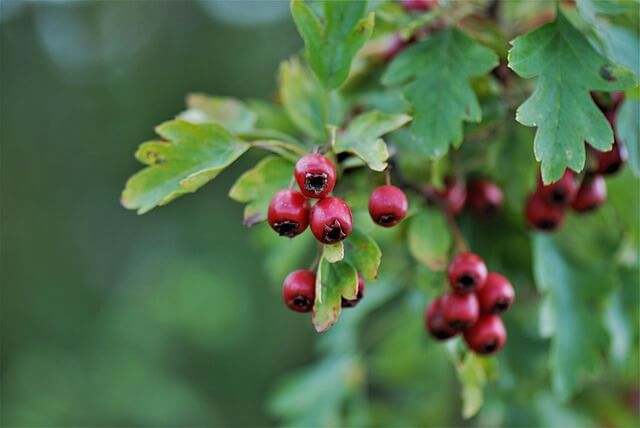
Maythorn is very versatile and nutricious. You can use the leaves, the berries and the flowers. Add them to tea or make some fruit leather (best to combine the maythorn berries with a sweeter fruit like blackberry, strawberry or buckthorn to make the taste more sweet).
Garlic Mustard (Alliaria petiolata)
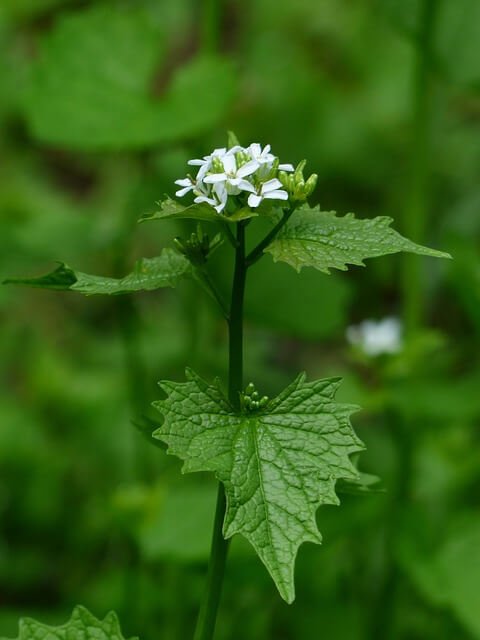
Ooh I love garlic mustard! It grows all around us and is a great addition to almost any dish or salad. Use it as a herb, it will give your meal a delicious peppery garlicy taste to it!
Clovers (Trifolium)
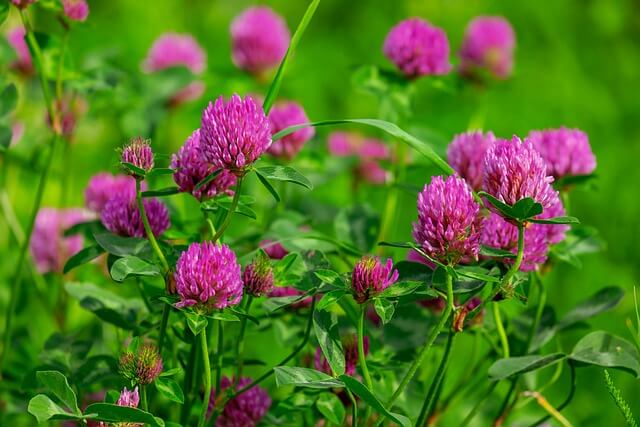
Clovers (red and white) are all around and a great little nutrient bomb. They both contain a lot of Vitamine A and C.
While foraging for clovers, don´t forget to look for you lucky four-leaf clover to make a wish.
5 Wild Mushrooms To Eat If You Get Lost In The Woods
Mushrooms are not a very high caloric food, but they are full of healthy nutrients and antioxidants. If you don’t have much to eat, they can be a very welcome and tasty addition to your meal.
Ensure you know the following mushrooms very well before you pick and eat them in the wild. Although the following mushrooms are quite general and don’t have a poisonous look-alike.
Chicken Of The Woods (Laetiporus sulphureus)

Chicken of the woods really stands out as a bright colored mushroom that grows often on Oak but also on many other living broad-leaved trees. It is a delicious mushroom to add to any stir-fry and is filling too.
Chicken of the woods can be found from late May until early fall.
Chanterelles (Cantharellus cibarius)
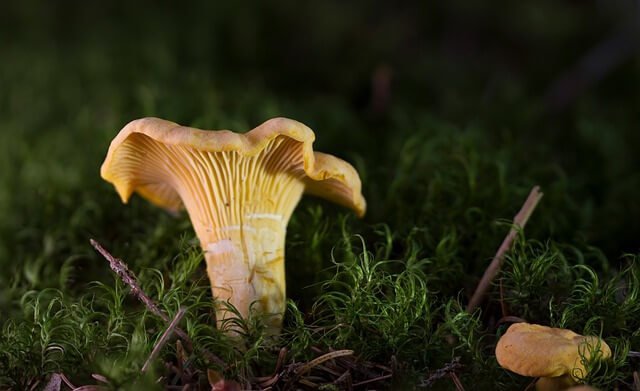
Chanterelles are some of the best edible mushrooms. They have a very unique, delicate taste and a great consistency.
There are different types of chanterelles, and they are all edible. They always grow on the ground, and can be found from June till late October.
Morel (Morchella)

Another delicious, easy to recognize mushroom is the Morel. They are widely known to be a tasty, culinary mushroom with a great bite to it.
Before cooking the Morels, put them in some water so tiny creatures and dirt can come out of the cavities.
Morels can be found only around April and May.
Important: do not mistake a Morel for the poisionous False Morel.
Puffball (Lycoperdaceae)
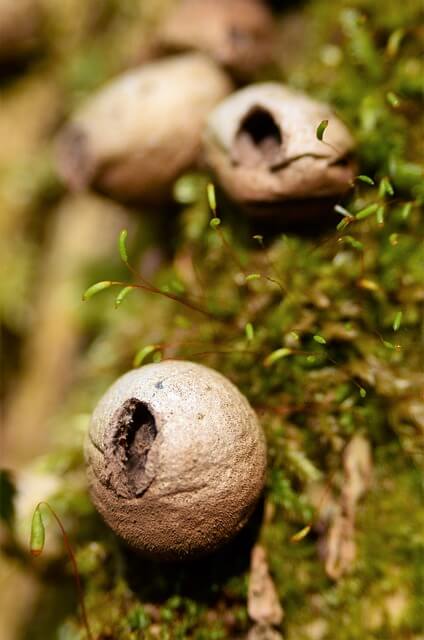
Puffballs can be eaten when they are young and equally white on the inside. When they age, the outside turns brown-ish and the inside gets a yellow-ish color.
If you pinch an older puffball you will see the spoars come out.
You can find young puffballs late summer or early fall.
Shaggy Mane Mushroom (Coprinus comatus)

The Shaggy Mane is a very refined, edible mushroom with a very soft meaty structure. Only eat the young mushrooms that are fully white on the inside.
You can find the Shaggy Mane in the fall.
5 Types Of Nuts To Eat If You Get Lost In The Woods
In the fall, the forest is full of trees that fruit delicious and filling nuts. Nuts are a staple in our natural diet as they provide us with the fats we need while moving into the colder season.
Acorn (Oak Nut)

The Acorn grows on Oak trees and is all around us in the forest. Acorns can be used to make flour and form a staple base ingredient for many dishes.
Before Acorns are ready for consumption, they need to be soaked or boiled in water to get the tannine out. This can be done by boiling them in fresh water several times until the water is no longer brown.
You can also hang them in a river until the water is clean. This can take a substantial amount of time, but it is how indiginous people do it.
Beechnut

Beechnuts are delicious. They can be eaten raw, but if you eat many of them, it is best to cook or roast them. They can be added to many dishes, and taste great in bread.
In the spring, you can also eat the young leaves of the beech tree.
Chestnut
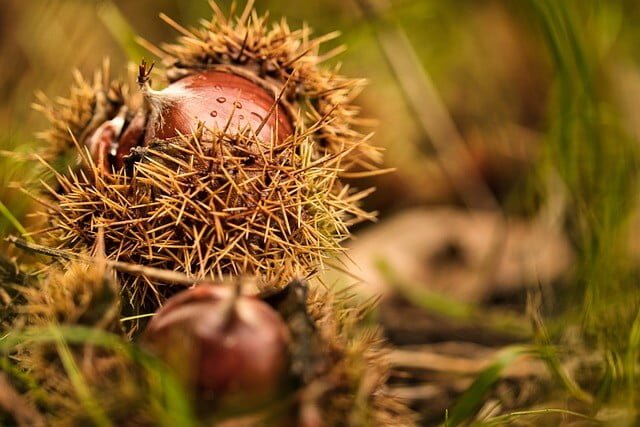
Don’t you love the smell of roasted chestnuts? This is a gem we can find anywhere in the fall.
When foraging for chestnuts to eat, make sure you have the edible kind. There are also chestnut trees of which the fruits are not edible (the horse chestnut), but luckily, they are great to make soap out of:
Cut the horse chestnut in 4 parts, soak in water in a jar for a few hours, shake, and use the mixture to do the dishes!
Walnut
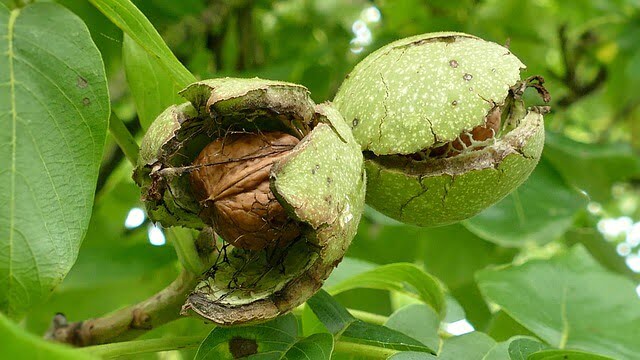
Once the walnuts fall off the tree, they are ready to be eaten. Pick them up before they have a change to rot.
The brown, ripe walnuts are ready in the fall. However, in early summer you can use the green walnuts to make a delicious green walnut liqueur.
Hazelnuts
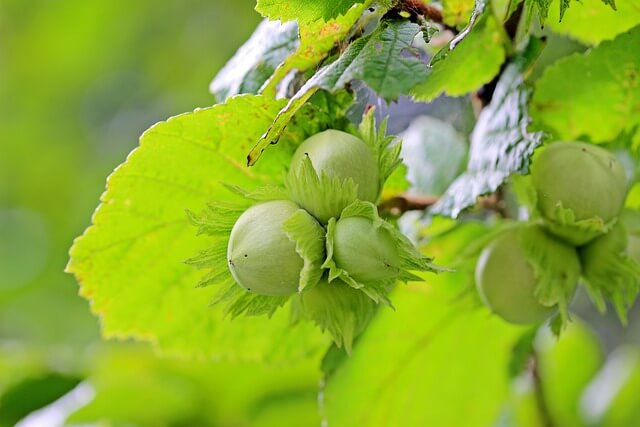
You can pick the hazelnuts of the ground after they have fallen from the tree from early to late fall.
In early spring, pick the yellow catkins and fry them in some batter. They make a delicious snack!









0 Comments